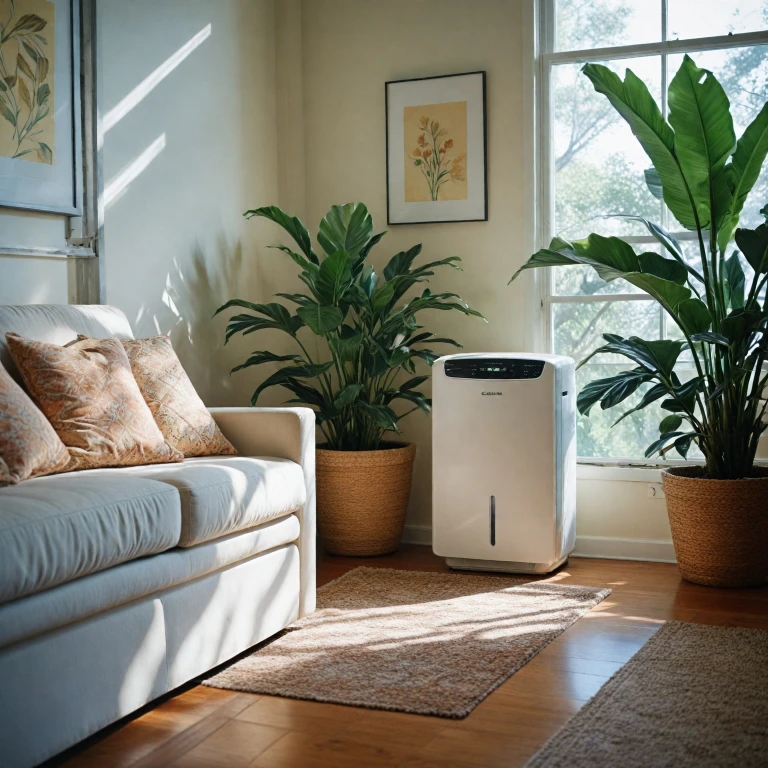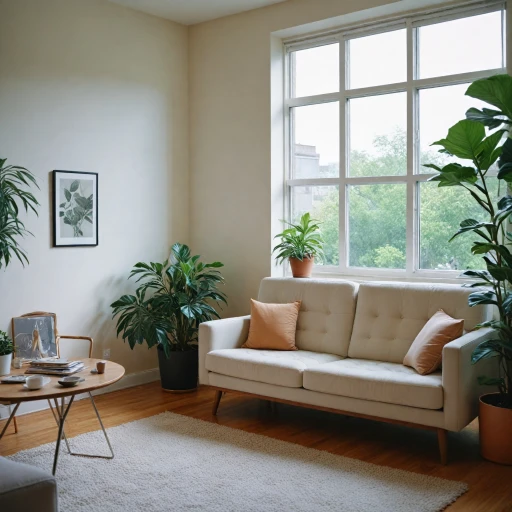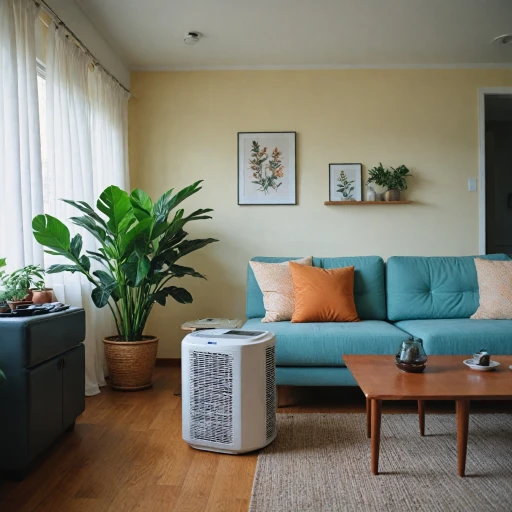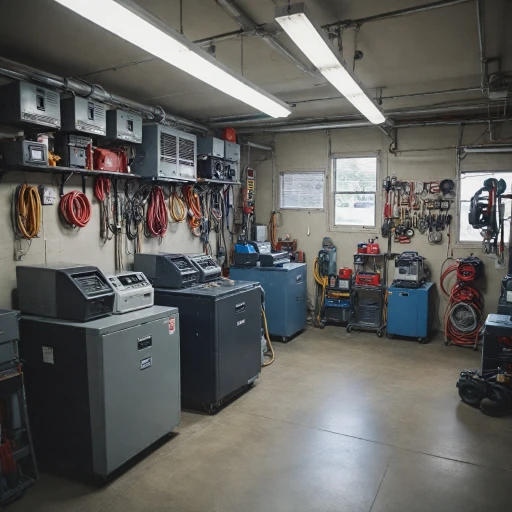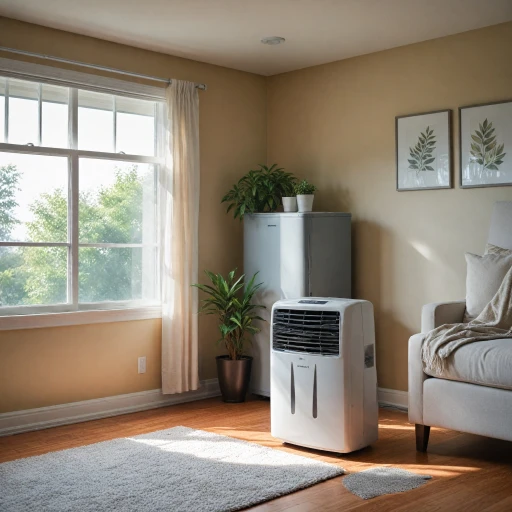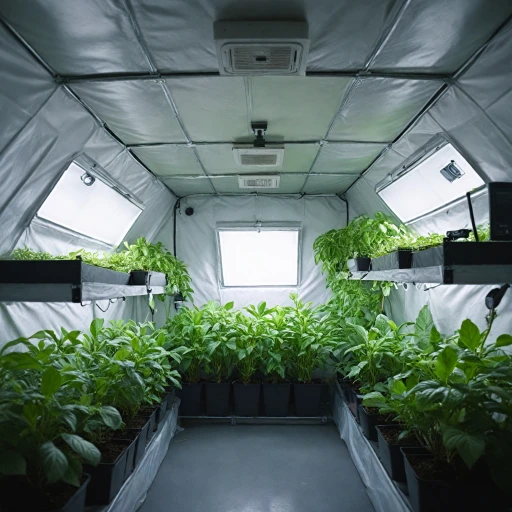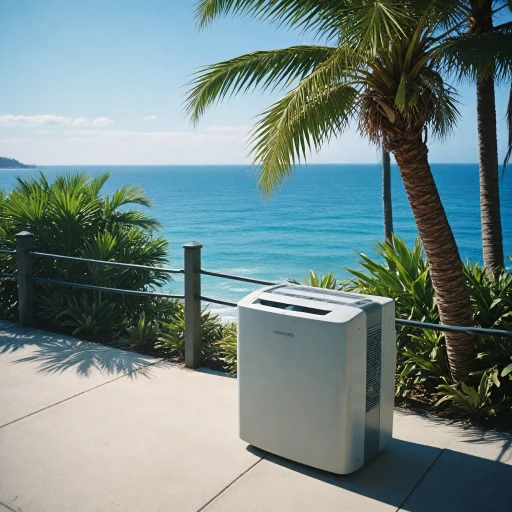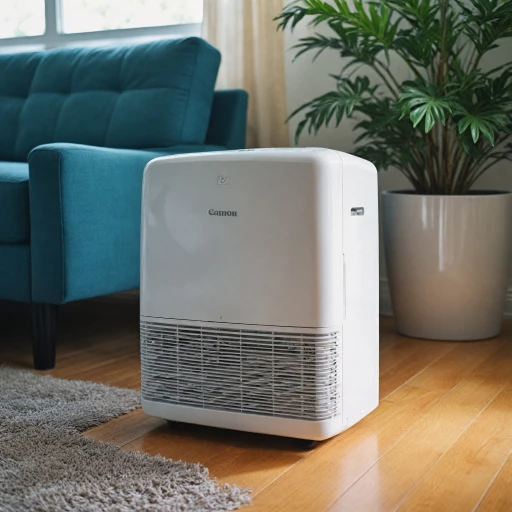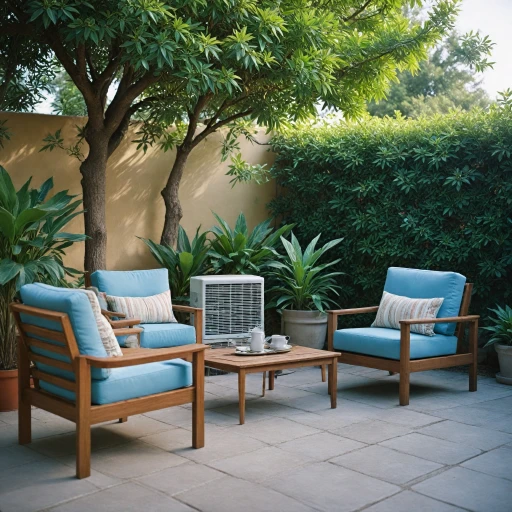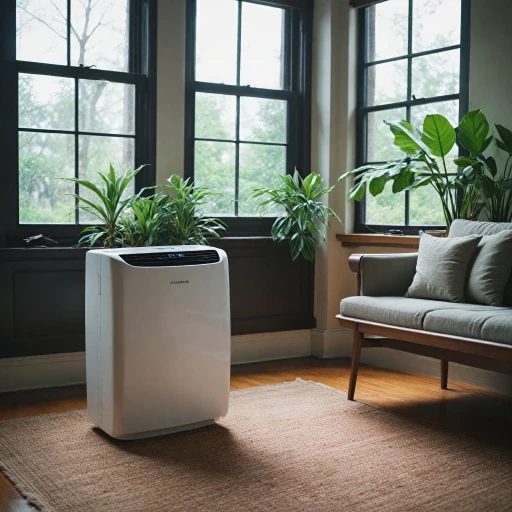
Understanding Portable Air Conditioners
Unveiling the Concept of Portable Air Conditioners
Portable air conditioners offer a convenient solution for those in need of a flexible cooling option. Unlike traditional systems, these units do not require permanent installation, making them particularly attractive during the hot humid summer months. Stationed on your floor and vented through a window or wall, a portable air conditioner can move from room to room as needed, making it an adaptable cooling system of choice.
While most conditioners work by drawing in hot air, cooling it, and expelling the cold air back into the space, portable air conditioners come in a variety of cooling capacities measured in BTUs. From less than 8,000 BTUs suitable for smaller areas, up to 14,000 BTUs for larger spaces, understanding the right capacity is crucial to ensure efficiency and comfort.
The Role of Dual and Single Hose Systems
An important factor to consider is the air conditioner’s venting system. Dual hose units typically have a higher cooling efficiency as they draw air from outside to cool the unit while a single hose model uses conditioned air from the room. This can affect the efficiency and overall cooling capacity of your portable air system.
Advantages of Built-in Features
Some products also come with extra features like air filters that improve the overall air quality, or dehumidifiers that help manage the moisture levels in the home. There are even portable air coolers like the IcyBreeze which double as a cooler using ice for a unique evaporative cooling method, often seen in items used for camping adventures.
For those seeking more performance information, exploring guides like Ocean Breeze Portable AC can provide detailed insights.
Key Features to Consider
Essential Features to Look For
When shopping for a portable air conditioner, it's important to recognize key features that will best tackle the summer heat while meeting your needs effectively.- Cooling Capacity: The cooling capacity of a unit is measured in BTUs. A higher BTU implies more cooling power, making it suitable for larger rooms. However, selecting the appropriate BTU is crucial; an overly powerful unit will result in wasted energy and an underpowered one won't sufficiently cool your space.
- Air Circulation: Measured in CFM (cubic feet per minute), good air circulation ensures even distribution of cold air in the room. Look for models with adjustable fans or multiple settings to cater to your environment's needs.
- Dual Hose vs. Single Hose: Dual hose systems generally cool faster and more efficiently than single hose models, as they have separate intake and exhaust functionalities. This feature can enhance the cooling experience.
- Size and Portability: Consider the product's size, which determines not only portability but also where it can be positioned. Most portable air conditioners come with caster wheels for easier movement.
- Dehumidification: Useful in hot humid climates, some air conditioners double as dehumidifiers and can be a great addition to your cooling system, providing a more comfortable environment.
- Multiple Operation Modes: Some units offer versatile functionality including fan modes, sleep modes, or heating functions, adding to their cost-effectiveness.
- Noise Levels: Pay attention to decibel ratings or look for user reviews for insights into noise levels. Quiet operation is advisable, especially for bedrooms or office spaces.
- Filter System: A good air filter ensures cleaner air circulation. Check whether the air conditioner comes with washable or replaceable filters to maintain efficient operation and air quality.
- Energy Efficiency Ratings: Look for units with efficient energy ratings to ensure long-term savings on costs related to electricity consumption.
Comparing Portable Air Conditioners with Other Cooling Options
The Battle of the Cool: Portable Air Conditioners Versus Other Choices
When the summer months hit, cooling your space efficiently becomes a top priority. Choosing cost effective solutions is key to surviving the heat wave. Here's how portable air conditioners stack up against other cooling systems:- Traditional Air Conditioners: Room air conditioners usually come with a higher cooling capacity (BTU) and tend to cover more extensive areas, but they lack the portability of portable units. If permanent installation isn't an issue and you have multiple rooms to cool, traditional systems might be preferable. However, portable conditioners offer flexibility, allowing you to move the unit to wherever it is needed most.
- Evaporative Air Coolers: These conditioners, also known as air coolers, adapt well to dry climates, adding moisture to the air, making the environment cooler. They use water and ice to enhance cooling but are less effective in hot humid environments where portable air conditioners excel.
- Fans and Icybreeze Portable Units: While fans and products like icybreeze portable systems help in circulating air, they do not lower room temperatures significantly. These options might just provide temporary relief by enhancing the feeling of cool air in a smaller vicinity.
- Ice Chest Fans: Creative and inexpensive, ice chest solutions give some relief during heat, but cannot match the BTU output and cooling capacity of portable air conditioning units.
Energy Efficiency and Cost Considerations
Understanding Energy Efficiency and Associated Costs
When exploring portable air conditioners, energy efficiency and cost implications should be at the forefront of your considerations. Portable cooling systems can vary widely in energy consumption, and choosing an energy-efficient unit can lead to substantial savings on your electricity bills, especially during the peak summer months.- Energy Efficiency Ratios (EER): A higher EER indicates a more energy-efficient air conditioner. This means the unit provides more cooling output for each watt of power consumed. Consider the EER when evaluating cooling systems to ensure cost-effectiveness in the long run.
- BTU and CFM Ratings: The cooling capacity of portable air conditioners is often measured in BTUs (British Thermal Units), while the air flow is measured in CFM (cubic feet per minute). Units with higher BTU ratings can cool larger spaces, but they may also consume more power. Balancing the space size with adequate BTU ensures effective cooling without unnecessary energy costs.
- Eco-Friendly Features: Some portable air conditioners offer eco-friendly modes or components, such as reusable filters and energy-saving settings, which enhance the system's overall sustainability and reduce operational costs.
Price Considerations
The price of portable air conditioning units can vary based on the product's features, brand, and cooling capacity. While initial costs are a factor, keep in mind the long-term savings that energy-efficient models provide.- Upfront Costs vs. Long-Term Savings: High-efficiency models may have a higher sticker price, but their lower operating costs can save you money over time.
- Replacement and Maintenance Costs: Consider potential expenses related to filter replacements and general maintenance. Efficient systems that require less frequent maintenance can be more cost-effective.
Maintenance and Troubleshooting Tips
Essential Maintenance Practices
For your portable air conditioners to function optimally, regular maintenance is key. First and foremost, cleaning or replacing the filter is crucial. Filters trapped with dust and debris can impede airflow, reducing the unit's cooling capacity. It's advisable to check and clean the filters every two weeks during the hot humid summer months.
Troubleshooting Common Issues
Sometimes, your conditioners may not cool properly. In such cases, ensure that the portable air unit is positioned correctly, preferably near a window to facilitate ventilation. Also, check for any blockages in the exhaust hose. A bend or kink in the hose may mean the portable air cooler is not dispelling warm air efficiently, impacting the cooling with air conditioning system. Regularly inspecting these components can prevent potential system failures.
Simple Adjustments for Better Performance
If you notice an underperformance, try reducing the heat load by closing curtains or blinds to keep the icybreeze portable unit from overworking. Moreover, ensure that the item you choose matches the room air size and cooling requirements. Pay attention to the BTU and CFM ratings specified in the product details. An adequate BTU coolers capacity ensures your air conditioning units operate effectively without unnecessary energy consumption, keeping costs down.
Ensuring Longevity and Efficiency
To extend the life of portable air cooling systems, ensure proper storage when cooler months arrive. Before storing, thoroughly clean the system and allow it to dry completely to avoid mold growth. Whether using a cost-effective evaporative cooling unit or an ice chest air cooler, investing time in maintenance can provide lasting benefits and ensure continuous cold air when you need it most.
Finally, regularly check for any leaks or excess moisture in the unit base. This proactive approach allows for timely repairs, safeguarding your investment and ensuring a refreshing breeze during those sweltering summer months.
Top Portable Air Conditioner Models on the Market
Top Picks for Portable Air Conditioners
If you're on the hunt for a portable air conditioning unit, knowing where to start can be the most challenging part. With various capacities, cooling systems, and portability features available, understanding your needs based on space, climate, and budget is crucial. Here are some top portable air conditioner models that stand out in the current market:
- Dual Hose Design Models: For spaces requiring efficient cooling, consider dual hose units. These portable units use one hose to draw air from outside and another to discharge hot air, increasing efficiency. The Whynter ARC-14S is a great example, providing substantial cooling power with impressive BTU ratings suitable for larger rooms.
- Eco-Friendly Alternatives: The push for eco-conscious products has given rise to portable air coolers like the Honeywell CO30XE, utilizing evaporative cooling technology. Ideal for hot and dry climates, it combines cost-effectiveness with environmental awareness.
- Compact Designs: For those with space constraints, consider models like the Black+Decker BPACT08WT. It's designed to offer respectable cooling capacity in small areas with a lightweight, portable design.
- High BTU Units: Need to tackle significant heat in large spaces? Portable units with higher BTUs, such as the LG LP1419IVSM, offer robust cooling power, ensuring quick relief from harsh summer heat.
- Multi-functional Units: Enjoy cooling mixed with additional features. Some conditioning units include heaters for winter months, dehumidifiers for humid climates, and fan functions. The De'Longhi Pinguino provides an integrated dehumidification system, making it highly versatile for varied environments.
- Icybreeze Portable: For campers and outdoor enthusiasts, the Icybreeze V2 Pro offers unique portability. It consolidates an ice chest and air cooler, producing chilly air perfect for tents and picnics.
When considering your options, weigh factors such as price, cooling efficiency, energy costs, and ease of maintenance. Don't forget to evaluate features like filters and fan settings, which contribute to the overall quality and performance of the unit.
